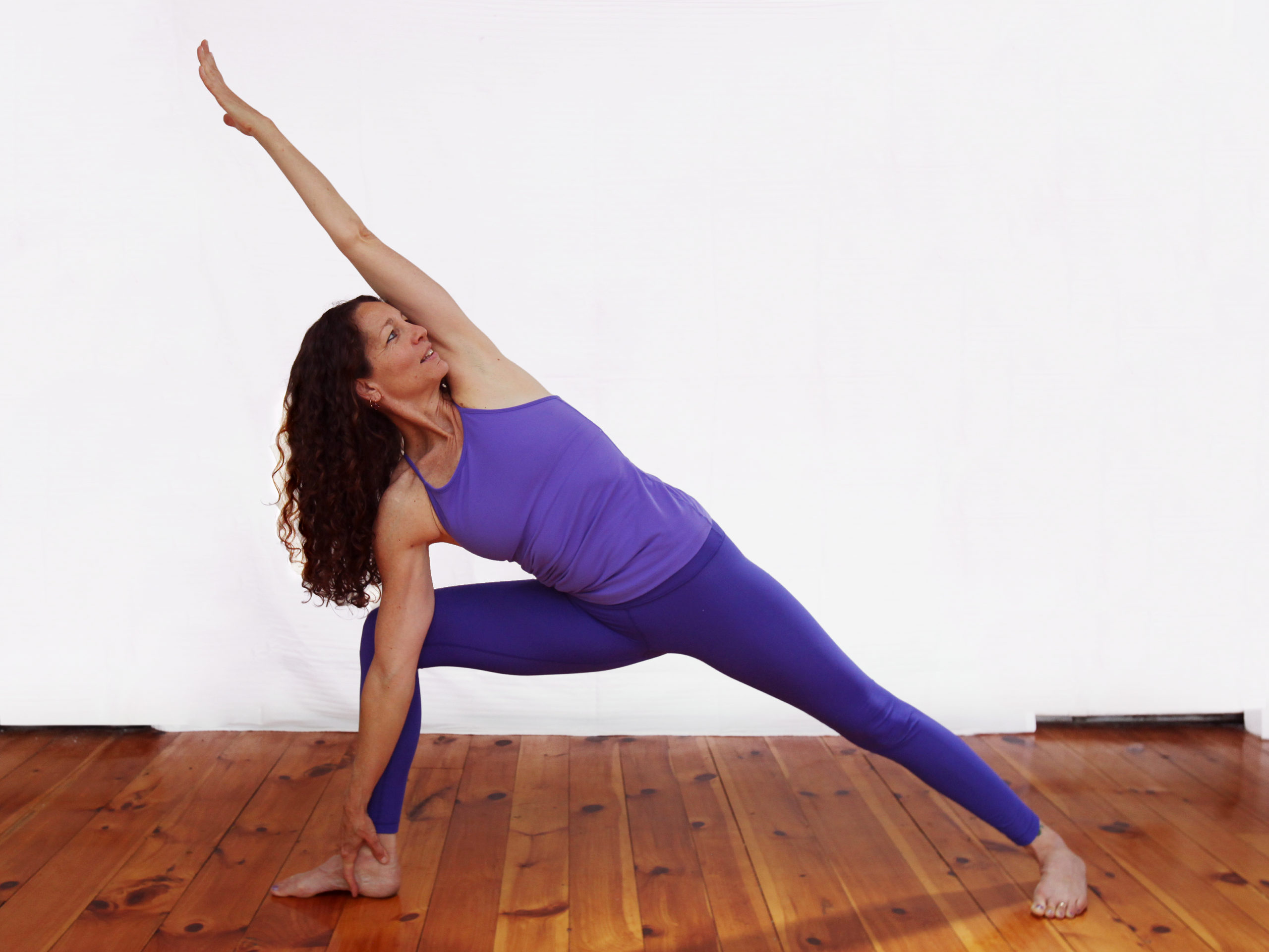On Santosha in Yoga Practice
Santosha in Sanskrit means a few different things, but one of them is the idea of acceptance or contentment with what is. It’s not indifference. It is a state realized when we deeply enquire into the nature of what is happening, recognizing that there is suffering, it is real. Yet, we can also know that down deep, no matter what, through whatever trials, we’re also going to be ok. This is the state of Santosha. A sense of abiding in bliss.
By the way, bliss has nothing to do with feeling good! Ananda is about being able to abide in the state of being where the fluctuations of life don’t knock you down so easily. Where we know we are strong and capable of doing the hard work.
And we build resilience through practice!
Santosha is the second of the Niyama, or inner practices, in Patanjali’s Classical Yoga Sutras. All systems of Yoga include these “limbs” or elements and sequences of learning to practice. They can differ in what order they emphasize, but essentially what all Yoga systems agree on is that there is a systematic way of finding freedom, and there is a progression that we can follow.
Patanjali’s Yoga philosophy begins with the ideas of Yama and Niyama- moral behavior and observances, and Santosha is the second inner observance. These are principles that we learn to embody through our physical practices.
Many if not most of us come to yoga these days via the Asana path –which is perfect, as we learn the principles of Yoga first in our bodies. Yoga is at its core an experiential science, and in our asana practice, we use the experience of the body to affect the mind and vice versa.
We learn to control our breath and to differentiate between pain and discomfort. We learn to contain Prana, or life-force energy, within the physical structure of the body, — we can feel this!
Try this: Take a simple pose you “dislike” –or one you find takes all your concentration and you find hard, or where you want to check out… and see if you can bring yourself into a version of it (maybe you need supports) that allows you to stay and breathe steadily for a while. Like at least a minute (maybe don’t choose handstand!)
We use the body and the breath to teach the mind to be still. Discomfort we can breathe through, pain we cannot! Once we teach ourselves that we are capable of sitting with discomfort, we can start to accept exactly where we are in any given moment, whether it’s in an asana or not.
As you see from the asana example, acceptance of what is (I’m doing the pose for 2 min) doesn’t necessarily mean that you don’t act (I figure out a version of the pose that I can hold and breathe and maybe move more deeply into it). Even inaction is action.
Patanjali also states that future suffering can be avoided, (heyam duhkham anagatam); thus, you can choose an option that doesn’t cause you pain or suffering, but might just be uncomfortable. And Breathe. And remember –the pose ends eventually!
Santosha could be described as taking the path that causes the least amount of suffering, while acknowledging that it might entail some discomfort. Ananda or abiding in bliss — is the reality —we just have to remind ourselves of it –over and over –and this is practice.
Thank you for listening!! Hari Aum!
Karen

